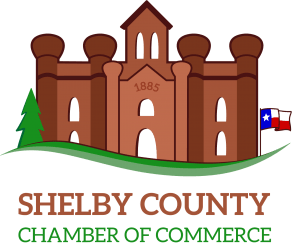Shelby County
History
Shelby County has a rich history, full of fact, and legend.
Shelby County is on the eastern boundary of Texas being separated from Louisiana by the Sabine River. The first settlements in Shelby County were the Caddo or Tejas Indians. The Indians were crop-growing hoe farmers living in large settlements. The first white settlers arrived in the early 1800s.
The area of Shelby County was first organized under the Mexican government in 1824, as the Tenehaw Municipality. After the Texas Revolution, the Congress of the Republic of Texas established Shelby County in 1836 named for Isaac Shelby, United States Revolutionary soldier from Tennessee. Shelby County, Texas is one of the original 25 counties of Texas organized after the Battle of San Jacinto. The county of Shelby, comprised of the present Shelby County, all of Panola and Harrison, and part of Upshur and Van Zandt Counties.
The famous Regulator-Moderator War was fought within the boundaries of Shelby County in 1842-44 and was settled when the President of Texas, Sam Houston, sent in 500 militiamen to stop the conflict.
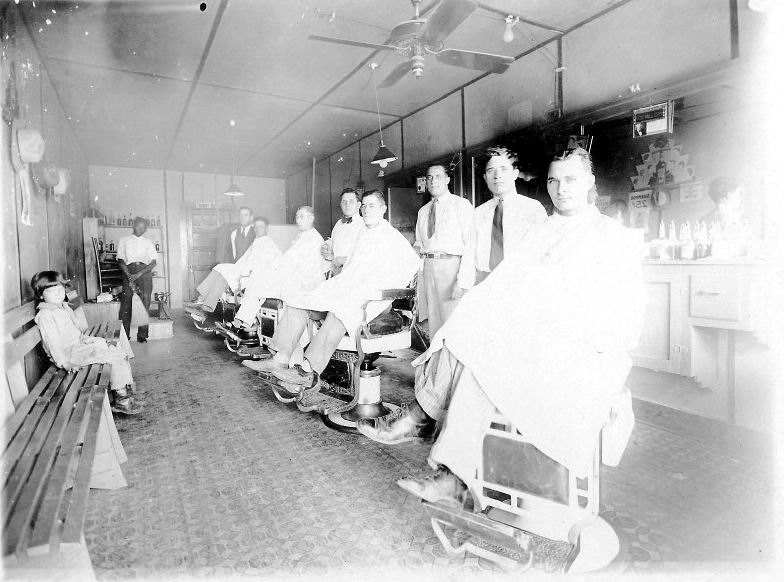
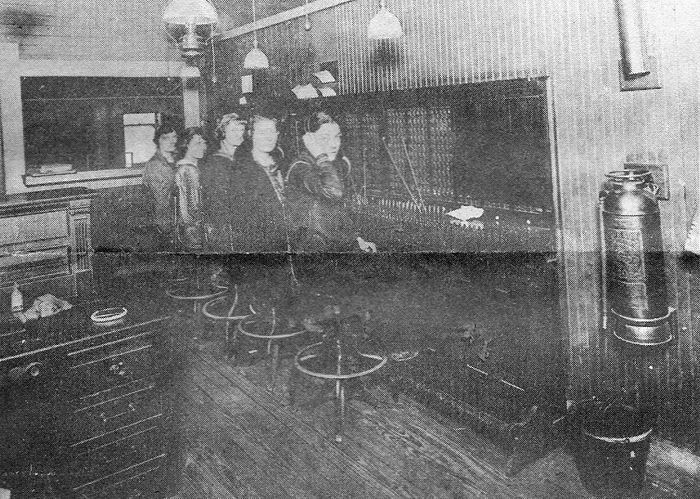
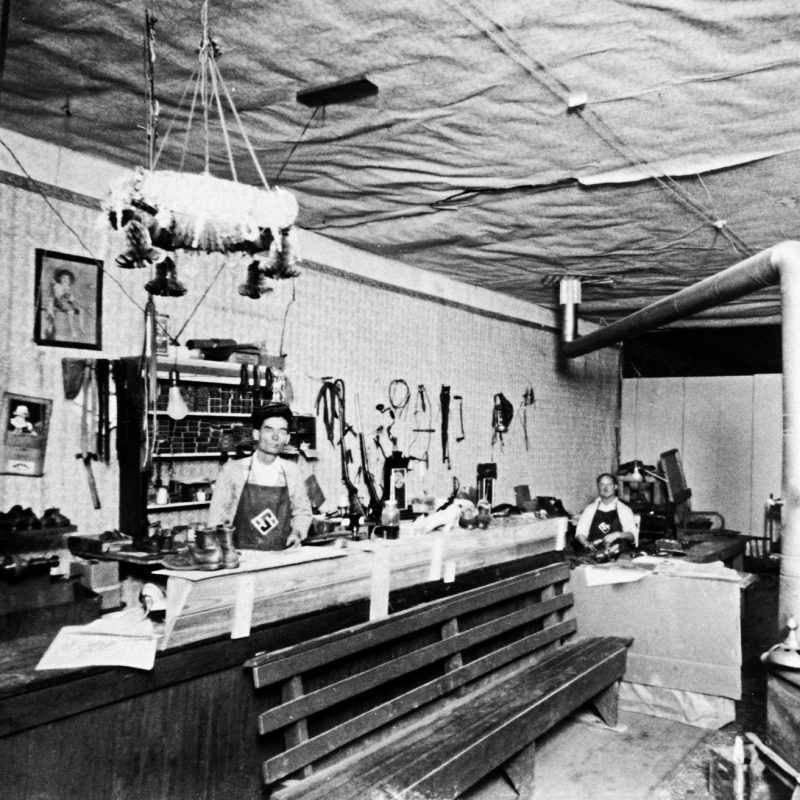
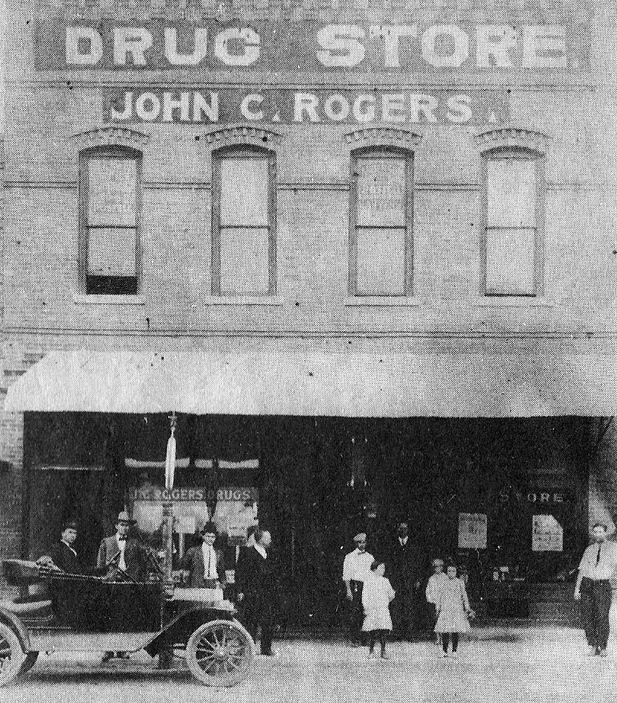
The Houston, East and West Texas Railroad completed from the Sabine River across the northern part of the county to Houston in 1885, introduced rail travel to Shelby County residents. Timpson, Tenaha and Joaquin sprang into prominence over the older towns on the rail lines.
By 1890, Shelby County’s population was over 14,000. There were 30 sawmills, a broom factory, a canning factory and 1,385 farms with approximately 45,000 acres in cultivation
The original county seat was located in Shelbyville. In 1866, the courthouse records were moved secretly in the night. In 1882, the courthouse in Center burned in a fire destroying all the county records. A new courthouse was built and completed in 1885, modeled after an Irish castle by architect John Joseph Emmett Gibson, an Irish immigrant. The beautiful Courthouse still stands. In 1971, the courthouse was recognized in the National Register of Historic Places.
Contrary to popular belief, Center is not in the Center of Texas as it is 17 miles from the Louisiana border. Center, the county seat, derived its name from its central location in the county. Legend says that a nail driven into the floor of the courthouse tower many years ago marks the exact geographical center of Shelby County.
There are many historical markers throughout the County and well over 200 cemeteries with graves dating back to the mid 1800s.
Today, the leading the industries of Shelby County are poultry and egg processing, sawmills, agribusiness and general construction. Industry/businesses associated with oil and gas and energy is continuing to grow.
